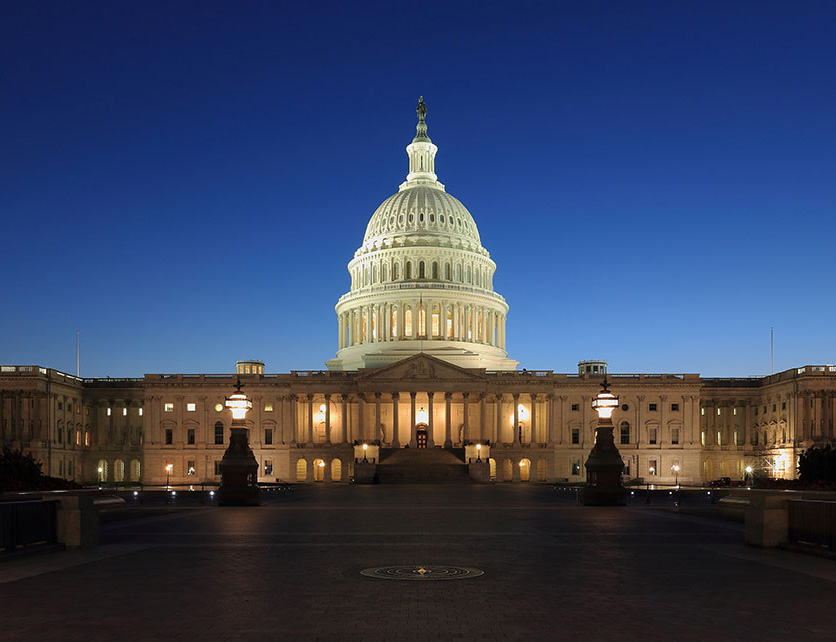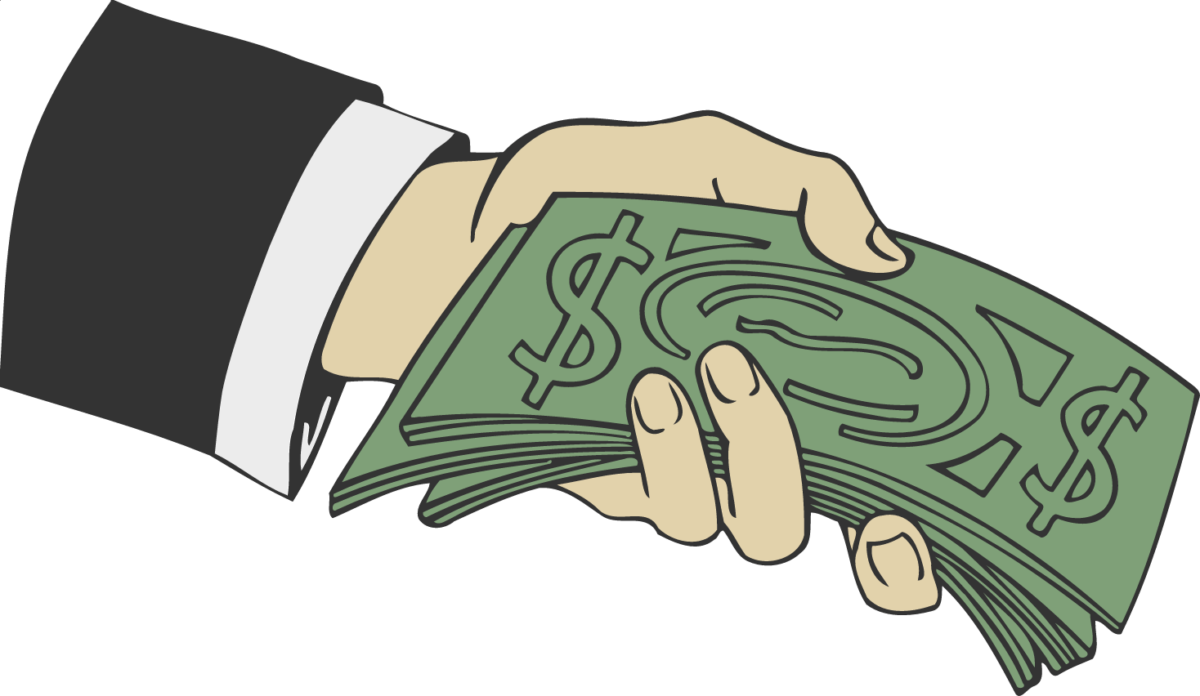A lot is happening in the world right now and we want to keep you updated and informed when it come to you or your business.
For individuals and families, to learn more about stimulus benefits available please CLICK HERE.
If you’re a business owner, this particular information might be beneficial for you in regards to eligibility for present programs, grants or loans.
Key takeaways:
- Currently there are two separate Coronavirus SBA Loans available and they do have overlapping benefits.
- You can apply for both.
- As of now, only the Paycheck Protection Loan can be forgiven, so many people will want to complete applications for both loans detailed below.
THE CARES ACT
Congress has appropriated $350 billion for Small Business Administration (SBA) Paycheck Protection Loans of up to $10 million to small businesses impacted by COVID-19. These are applied for through your bank.
Additionally, The Act also appropriates $10 billion for SBA Economic Injury Disaster Loans of up to $2 million to small businesses impacted by natural disasters (including the COVID-19 pandemic) and modifies this program. NOTE: when applying, you can request an emergency grant of $10,000.
The Act allows a company that already has an Economic Injury Disaster Loan to apply for a Paycheck Protection Loan if it will not duplicate the applicant’s use of the Economic Injury Disaster Loan. Applicants should approach this issue with caution.
YOUR EMPLOYEES
Key question:
Should they file for unemployment or is it better to continue to pay them?
You have a few options:
- If you are completely shut down or mostly shut down:
Suggest to your employees that they apply for unemployment. Remember, the CARES Act will give them an additional $600 above their weekly benefits. When you reopen and your staff returns, obtain the 7(a) (Paycheck Protection Program) Loan, BEFORE June 30, 2020. You can use the loan proceeds for overhead and payroll during this reopen period. Your loan forgiveness will not be reduced if your staff starts work before June 30, 2020. You should get the loan forgiveness benefit for the 8 weeks following the date you take your loan. This gives the maximum benefit of unemployment benefits, and loan forgiveness.
- If your staff have continued to work:
Whether on site or remotely, apply for the 7(a) loan immediately. This loan is basically a tax-free gift to pay for 8 weeks worth of payroll costs, interest on your debts, utilities and rent.
LOAN PROGRAM
Small Business “Paycheck Protection Program” 7(a) Loan
- New $349 billion SBA lending program, modeled on existing 7(a) program, with 100% government guarantee (as opposed to 75% guarantee for 7(a) loans).
- Eligibility:
- Small businesses as defined by SBA size standards (generally up to 500 employees, but up to 1,500 employees depending on the sector and certain sectors are based on revenue).
- The business does not have to be shut down completely or partially. Any business that applies is presumed to need the loan and will get it. The only underwriting standards are the company was in business on February 15, 2020, and had employees for whom it paid salaries and payroll taxes.
- These loans are non-recourse meaning no personal guarantees or liens on practice assets.
- Businesses in the Accommodation and Food Services Sector (NAICS Code 72) are eligible with up to 500 employees at each location. Code 72 is limited to restaurants and accommodations (hotels).
- Non-profits with fewer than 500 employees who are 501(c)3s and do not receive Medicaid funding.
- Sole proprietors, the self-employed, and independent contractors.
- The CARES Act creates a temporary Pandemic Unemployment Assistance program through December 31, 2020 to provide payment to those not traditionally eligible for unemployment benefits (self-employed, independent contractors, those with limited work history, and others) who are unable to work as a direct result of the coronavirus public health emergency. We are still awaiting the details of how this support will be applied for.
- Regulatory Streamlining: SBA’s standard “no credit elsewhere” test is waived and non-SBA lenders approved by Treasury and SBA can provide loans.
- Maximum Loans: The maximum loan you can receive will equal 2.5 times your average “payroll costs” during the 1-year period before the loan is taken, not to exceed $10 million. Payroll costs exclude compensation paid to individuals, including the self-employed, in excess of $100,000 a year.
- In the unlikely event you took a separate SBA “disaster loan” on or after January 31, 2020, then your 7(a) loan amount can be increased to include a refinancing of this disaster loan.
- What else can I include in this loan?
- Interest (not principal) payments on mortgages, and interest on debts incurred before February 15, 2020
- Rent
- Utilities
- How long can I take to pay the loan back?
- You can defer payments for at least six months, but not more than a year.
- Loan Forgiveness: The borrower shall have a portion of their loan forgiven in the amount equal to their payroll costs (not including costs for compensation in excess of $100,000 annually), interest payments on mortgages, rent payments, and utility payments between February 15 and June 30, 2020. Loan forgiveness will be reduced if the borrower reduces employment by a ratio similar to their reduction in employment or if borrower reduces salaries and wages by more than 25%. Proof of use of the loan for the required purposes will be necessary to get the loan, or any portion of it, forgiven.
- “Payroll costs” are defined very broadly and include:
- Employee salaries, wages, commissions, etc. up to $100,000 per year, $8,333.33 per month
- Payment for vacation, parental, family, medical or sick leave
- Severance payments
- Group health insurance
- Retirement plan contributions
- State and local taxes assessed on such compensation
- Payroll costs do not include:
- Compensation over $100,000/yr, $8,333.33/mo
- Federal tax withholdings
- Compensation for non-US residents
- Sick leave and family leave provided by the new Families First Coronavirus Response Act for which there are already tax credits
- Requirements: The employer certifies that they will maintain their average full-time equivalent employment, with incentives to re-hire if employees have been furloughed.
- Banks that already participate as SBA lenders will administer by making these low interest rate loans, expected to be tied to the maximum interest rate for SBA loans as February 15, 2020. There are protections against reselling the loan. The bill also excuses banks who make loans under this program from certain accounting and loss reserve requirements, thereby freeing up funds for additional lending.
- Borrowers who receive Small Business Interruption Loans are not eligible to receive SBA Economic Injury Disaster Loans (EIDLs).
Loan Program and Credit Facility
- $500 billion for loans and loan subsidies and support for Federal Reserve credit facilities.
- Eligibility: Air carriers and other businesses not otherwise receiving adequate relief under other provisions of the bill.
- Breakdown:
- (1) $50 billion in loans and loan guarantees for air carriers.
- (2) $8 billion in loans and loan guarantees for cargo air carriers.
- (3) $17 billion in loans and loan guarantees for businesses critical to maintaining national security.
- (4) $425 billion for loans, loan guarantees and investments in support of facilities established by the Federal Reserve to support lending to eligible businesses, States, or municipalities. (*retailers and larger members?)
- Via the Federal Reserve, the $425 billion could be leveraged significantly, potentially providing up to $4 trillion in financial support.
- Allows Federal Reserve to purchase corporate, state and municipal bonds.
- Restrictions for Loans Under 1, 2, and 3: Loans must be secured, for a term of not more than 5 years, and while the loan is outstanding, prevents stock repurchases and requires borrowers to maintain existing employment to the extent practical.
- Authorizes the Secretary to require warrants, stock options, etc. to enable the government to share in any gains.
- Imposes limits on executive compensation for borrowers.
- Restrictions Under Federal Reserve: Loans through the Federal Reserve generally (though with possible exceptions) prevent the borrower from repurchasing stock while the loan is outstanding.
BANKING PROVISIONS
Latest version gives the Federal Deposit Insurance Corp. expanded authority to guarantee bank accounts and ease key lending regulations.
The bill would give the FDIC greater authority to back-up accounts, including by guaranteeing business transaction accounts. The FDIC previously used the transaction account authority in the 2008 financial crisis to shore-up confidence in accounts used for payroll and other business purposes.
The bill would make it easier for small banks to take advantage of streamlined capital requirements that Congress ordered regulators to establish in 2018 through the community bank leverage ratio.
The legislation would also rework accounting rules that banks have warned could inhibit lending.
It would allow banks to postpone compliance with the Current Expected Credit Losses (CECL) standard, which requires lenders to immediately account for potential losses when they issue loans, tying up more of their capital. They would have until the end of the coronavirus public health emergency ends or Dec. 31, whichever is earlier.
Another section of the bill would ease accounting rules to make it easier for banks to restructure the Troubled Debt Ratio (TDR) without taking a significant hit to their capital. Regulatory relief from accounting standards for loan modifications related to COVID-19 made by banks.
TAX PROVISIONS
Individual Tax Relief
- 2020 Recovery Rebates for Individuals
Provides up to $1,200 for individuals; $2,400 for married couples. Those amounts increase by $500 for every child. The rebate phases out for incomes over $75,000 (single) and $150,000 (married).
Business Tax Relief
- Qualified Improvement Property (QIP) technical correction
Fixes an error in the Tax Cuts and Jobs Act (TCJA) that required tenant improvements to be depreciated over the 39-year life of the building. The fix is retroactive to 2018.
- Employee retention credit for employers subject to closure due to COVID-19. The provision provides a refundable payroll tax credit for 50 percent of wages paid during the COVID-19 crisis. The credit is available to employers whose (1) operations were fully or partially suspended, due to a COVID-19-related shut-down order, or (2) gross receipts declined by more than 50 percent when compared to the same quarter in the prior year.
- Delay of Payment of Employer Payroll Taxes
Allows employers and self-employed individuals to defer payment of the employer share of the Social Security tax. The bill requires that the deferred employment tax be paid over the following two years.
- 5-year Net Operating Loss (NOL) Carryback
Provides that a loss from 2018, 2019, or 2020 can be carried back five years and removes the 80% taxable income limitation to allow an NOL to fully offset income.
- Suspension of the Limitation on Losses from Pass-through Businesses
Allows all losses from a pass-through business to offset other sources of and individual’s income, suspending a new rule imposed in the TCJA [IRC section 461(l)].
- Acceleration of Recovery of Corporate AMT credits
- Relaxation of Business Interest Deduction Limits
Increases the 30-percent limitation to 50 percent of taxable income for 2019 and 2020.
We know this is a lot of information to take in. However, we hope it’s answered some of your questions or concerns regarding your business.
For individuals and families, please click here




